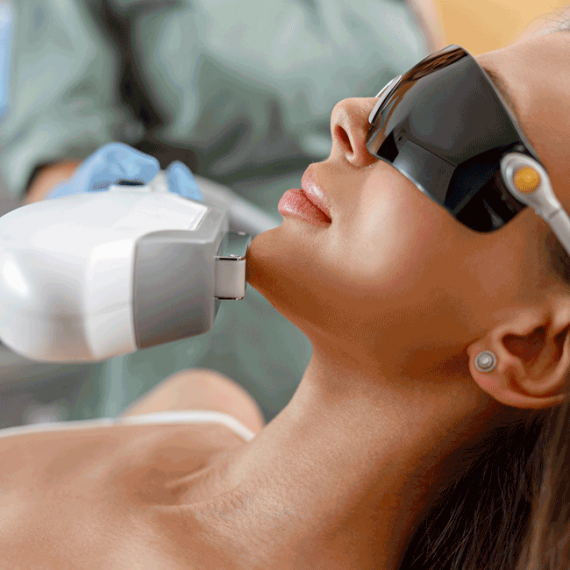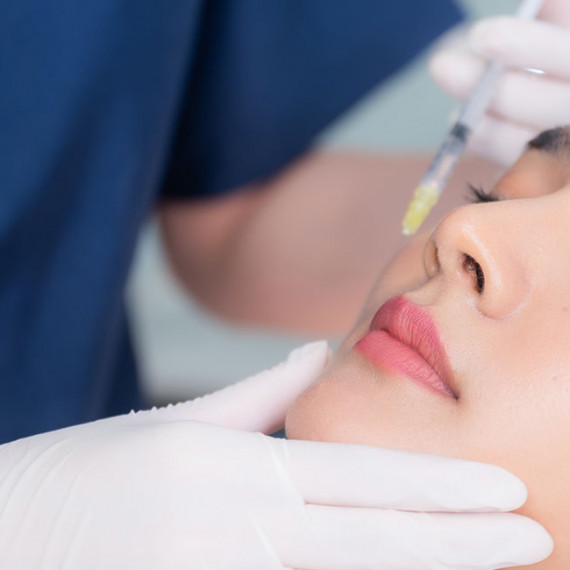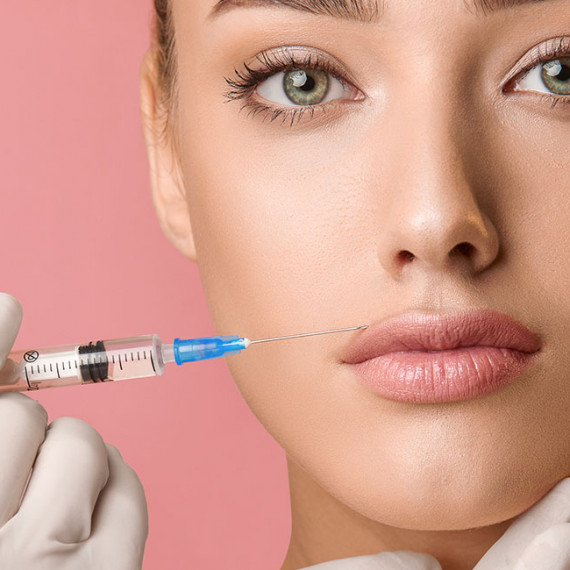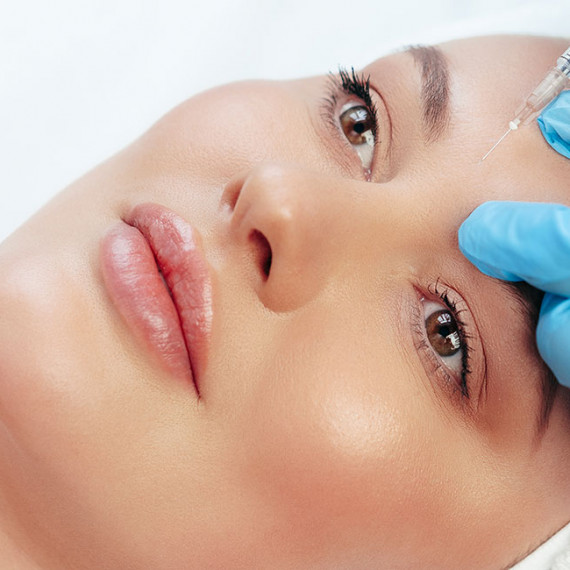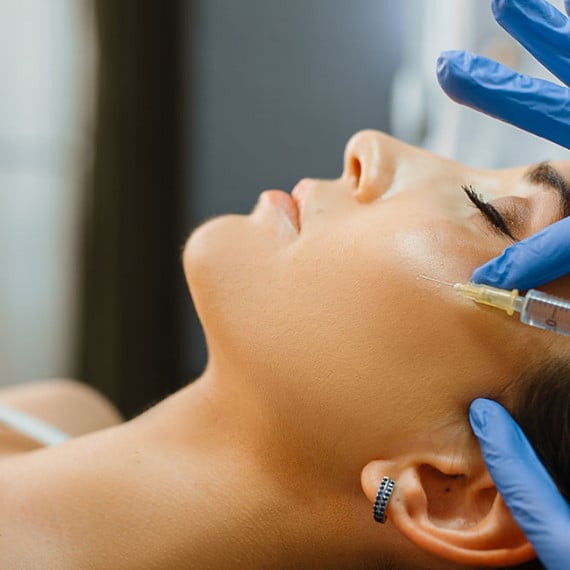Jump to a Section
Laser Skin Revitalization
If you’re considering laser skin revitalization, you may have a lot of questions about the process and its benefits. Laser skin revitalization is a non-surgical procedure that uses laser technology to improve the appearance of aging skin. It can reduce wrinkles, remove unwanted hair, and even out discolored patches on your face or body. Here’s what you need to know about laser skin revitalization before making an appointment at your local medical spa.
How Laser Skin Revitalization Works
Laser skin revitalization works by using short bursts of focused light to target specific areas of the skin. The light energy is absorbed by the melanin (the pigment) in the targeted area, causing damage to the underlying tissue in that spot while leaving surrounding tissue unharmed. This process triggers a healing response in which new collagen is produced and blood vessels are tightened, resulting in fresher, younger-looking skin with fewer wrinkles and age spots.
Benefits of Laser Skin Revitalization
The primary benefit of laser skin revitalization is improved appearance. This can include reduction of wrinkles and fine lines around your eyes, mouth, neck, forehead, and other areas; removal of unwanted hair; and elimination of age spots or dark patches caused by sun exposure or genetics. Additionally, this procedure can also help reduce redness from rosacea and improve overall texture by shrinking pores and evening out pigmentation irregularities. Finally, it can provide relief from acne scars without causing any further irritation to already sensitive skin.
Who Is Eligible?
Most people who are considering laser skin revitalization are between 21-65 years old with good overall health. However, there are some cases where certain individuals may not be eligible for treatment due to certain underlying conditions such as eczema or psoriasis—so it’s important to consult with a medical professional before undergoing any type of procedure like this one. Additionally, patients should avoid tanning before their appointment as well as discontinue any type of retinoid products they may be using prior to treatment day so that their results will be optimal.
When done correctly and safely under the guidance of a medical professional, laser skin revitalization can offer many benefits for medical spa patients looking to improve their appearance without surgical intervention or downtime associated with more invasive procedures like facelifts or liposuction. While it’s important to have realistic expectations when considering laser treatments like these ones — results vary depending on individual factors—many people experience significant improvement in their overall appearance after just a few sessions! So if you think you might be interested in trying out this revolutionary technique for yourself make sure you consult with your doctor first so they can help determine if this treatment is right for you!
The Differences between Laser Skin Resurfacing and Revitalization
In the world of laser skin care and aesthetics, laser skin resurfacing and revitalization are two of the most popular treatments. However, despite the similarities in their names, these two procedures are very different from each other. To help you decide which one is right for you, let’s explore what sets them apart.
What is Laser Skin Resurfacing?
Laser skin resurfacing is a minimally invasive procedure that uses a laser to target specific areas of damage on your face. This treatment can be used to reduce wrinkles, treat discoloration caused by sun damage, and even out texture irregularities like acne scars or age spots. The laser works by removing the top layer of skin cells so that new cells can grow in their place, resulting in smoother skin with fewer signs of aging or discoloration.
What is Laser Skin Revitalization?
In contrast to skin resurfacing, laser skin revitalization does not remove any layers of skin; instead, it works to stimulate collagen production in order to improve elasticity and hydration. During this procedure, a special laser is used to heat up the deeper layers of skin without damaging the surface layer. This encourages collagen production which results in more youthful-looking skin over time. Laser skin revitalization can also be used to treat hyperpigmentation and sunspots caused by excessive exposure to ultraviolet rays.
How Do They Differ?
The main difference between these two procedures is that while laser skin resurfacing removes damaged layers of skin in order to reveal newer cells underneath, laser revitalization stimulates collagen production without removing any layers at all. Another key difference is that laser resurfacing requires some downtime—your face may be red or swollen for up to a week after treatment—while laser revitalization does not require any downtime at all and you can expect results over time as your body produces more collagen naturally.
When considering whether you should have a laser procedure done on your face, it’s important to understand the differences between laser skin resurfacing and revitalization so that you can make an informed decision about which one will best meet your needs and give you the best results possible. If you have wrinkles or signs of aging that need immediate attention then laser resurfacing may be right for you; if you want more subtle changes over time then laser revitalization might be right up your alley! Talk with your doctor today about which procedure might work best for your individual situation!
